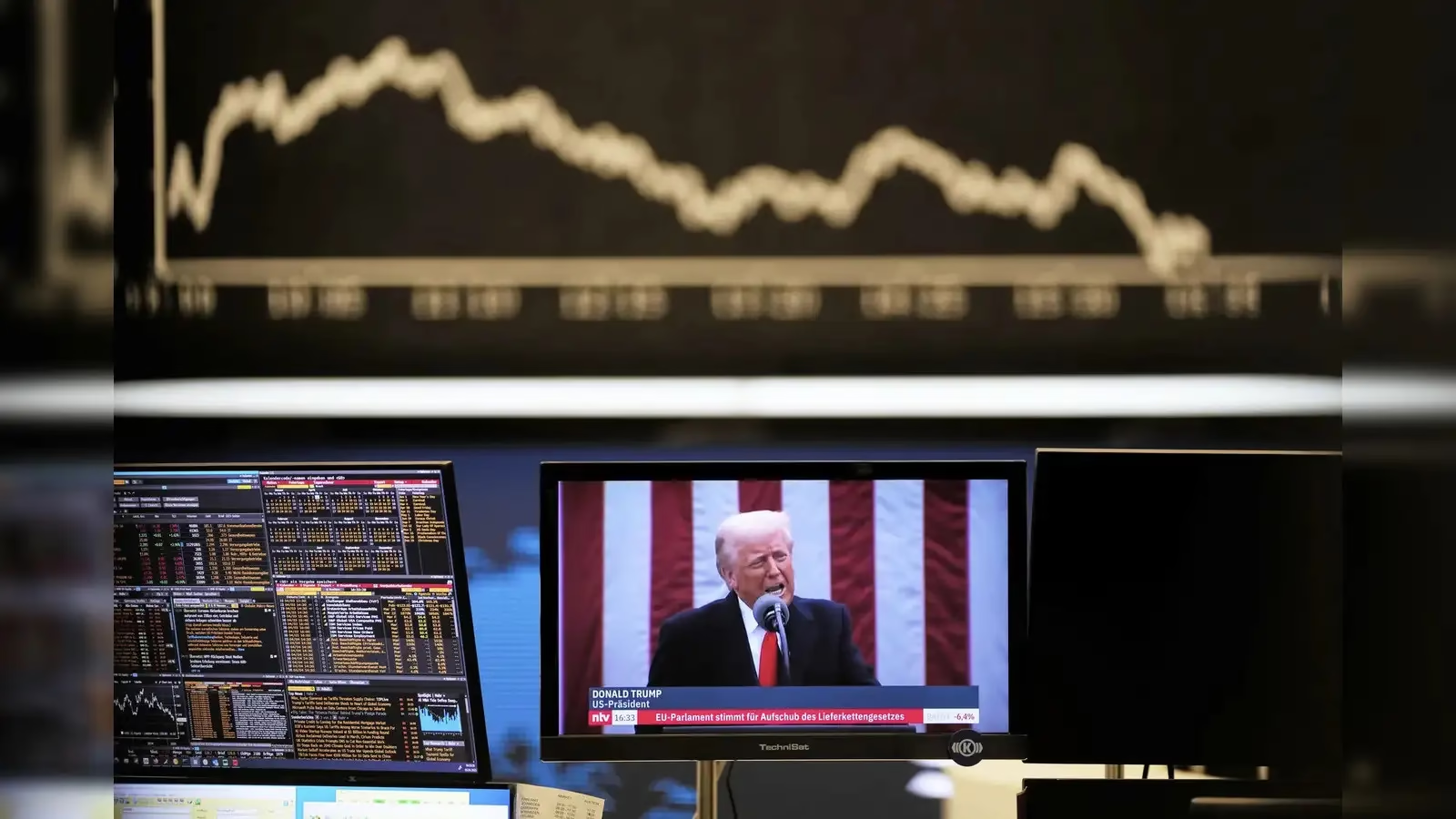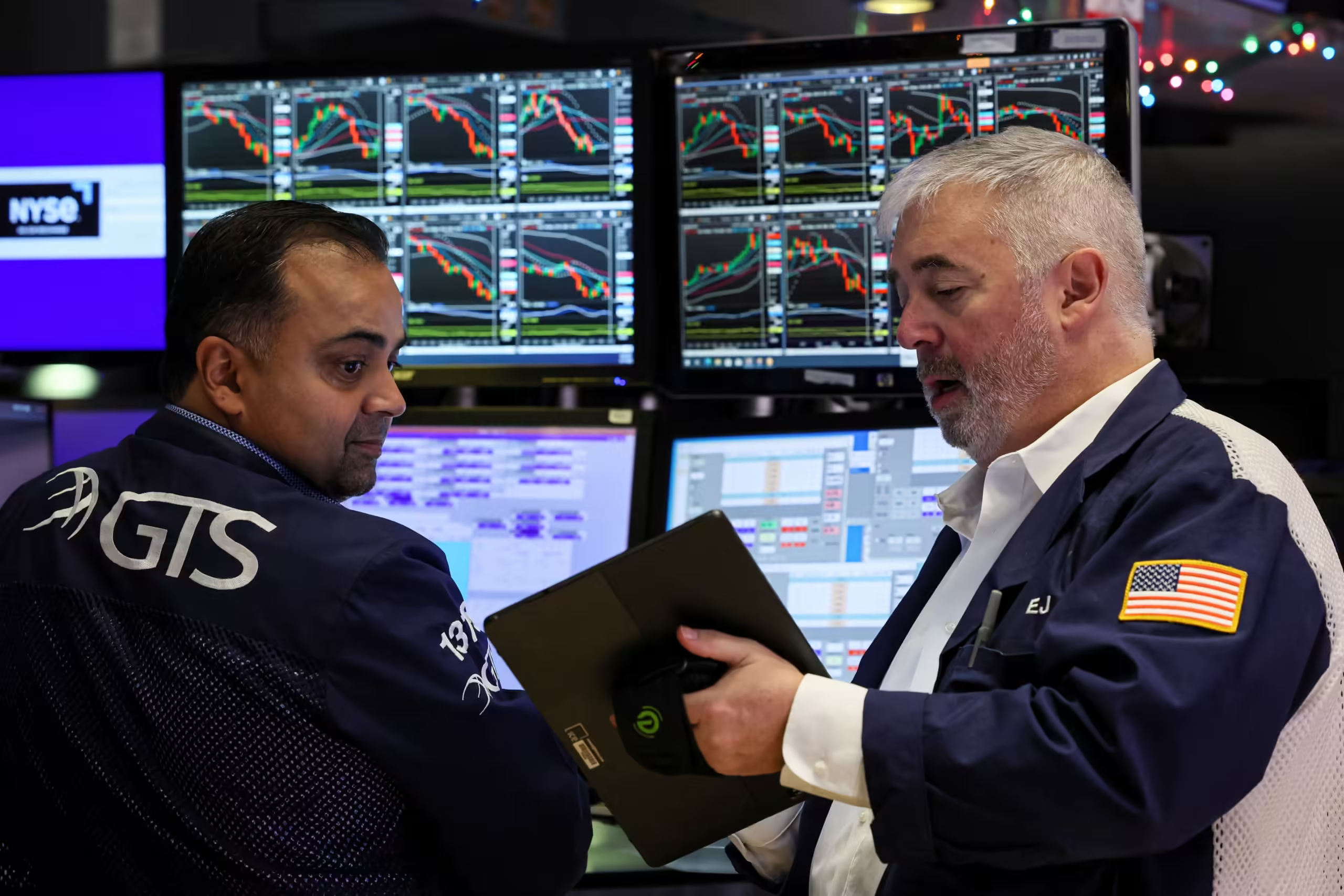U.S. customs agents began enforcing President Donald Trump’s 10% baseline tariff on imports from many countries on Saturday, with higher levies set to apply to goods from 57 larger trading partners starting next week. The new tariff system, which took effect at U.S. seaports, airports, and customs warehouses at 12:01 am ET (0401 GMT), marks a significant departure from the post-World War II system of agreed-upon tariff rates between nations.
“This is the single biggest trade action of our lifetime,” said Kelly Ann Shaw, a trade lawyer at Hogan Lovells and former White House trade adviser. She expects the tariffs to evolve as countries negotiate lower rates, noting that this shift in trade dynamics is substantial and global in scope.
Trump’s tariff announcement on Wednesday sent shockwaves through global stock markets, erasing $5 trillion in market value for S&P 500 companies by Friday’s close, marking a record two-day decline. The move also led to a sharp drop in oil and commodity prices, as investors sought safer assets like government bonds.
The countries initially affected by the 10% tariff include Australia, Britain, Colombia, Argentina, Egypt, and Saudi Arabia. U.S. Customs and Border Protection provided a 51-day grace period for cargo already in transit to the U.S. before the tariff took effect. These shipments must arrive by 12:01 am ET on May 27 to avoid the new duty.
In addition, Trump’s “reciprocal” tariff rates, ranging from 11% to 50%, are set to begin on Wednesday. The European Union will face a 20% tariff, while Chinese goods will be hit with a 34% tariff, bringing the total new levies on China to 54%. Other countries, including Vietnam, will also face steep tariff hikes, with Vietnam’s tariff set at 46%.
Canada and Mexico are exempt from the latest tariffs due to ongoing duties related to the U.S.-Mexico-Canada trade agreement and concerns about fentanyl imports. Trump’s tariff regime excludes certain goods, such as steel, aluminum, and auto parts, which remain subject to separate national security tariffs. Additionally, more than 1,000 product categories valued at $645 billion in 2024 imports have been exempted, including crude oil, pharmaceuticals, and semiconductors, although these sectors may be subject to further scrutiny for national security concerns.



